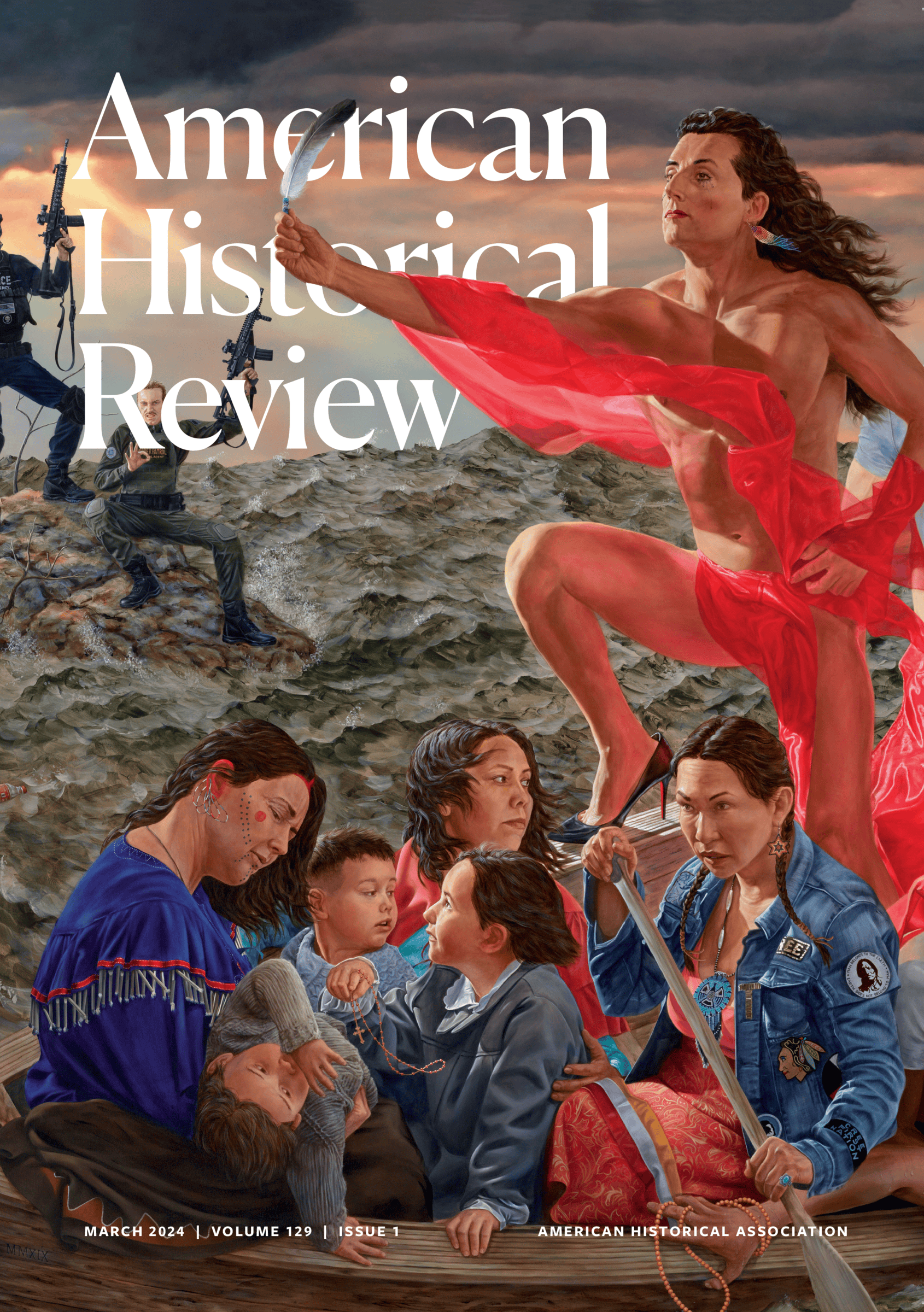Submission Guidelines

General Submission Information
For authors submitting to all areas of the journal.

Article Submission
The AHR publishes field transforming articles and contributions that reimagine historical practice and teaching. From traditional articles to innovative digital media, we welcome submissions that spark scholarly conversations.

AHR History Lab Submissions
The AHR History Lab is a new, experimental space in the middle of the journal featuring collective projects that seek to reimagine how we approach historical practice in terms of content, form, and method.

#AHRSyllabus Submissions
The #AHRSyllabus is a collaborative project designed to help teachers and students look "under the hood" at how historians in the early 21st century do the work of history. Each contribution to the syllabus will feature a practical hands-on teaching module that foregrounds innovative uses of historical method in the classroom.